September is National Suicide Prevention Month and it is more important now than ever to know the suicide warning signs and to feel comfortable talking about suicide and safety with your child. According to the Centers for Disease Control and Prevention, suicide became the second leading cause of death for individuals ages 10 to 34 in 2016.
Suicide risk factors and warning signs
Certain suicide risk factors are important to be aware of including presence of psychiatric illness, a previous suicide attempt, history of trauma or abuse, bullying or disorders in gender identity. Beyond risk factors, it helps to be aware of some common warning signs including:
- Increased thoughts of suicide or self-harm
- Discussion of death or feelings of emptiness/hopelessness
- Changes in mood (anxious or agitated), behavior, eating or sleep
- Risky behaviors, saying goodbye, withdrawing from others
Protective factors for suicide
There are several protective factors which can be encouraged to help your child:
- Life skills (problem-solving, coping)
- Social support from family, friends and others
- Positive school experiences
Dos and don’ts when talking to your child about suicide
Talking to your child about suicide may feel scary but there are some helpful dos and don’ts that can make this process a little easier! You can use these tools yourself or share them with other parents in case your child has a friend experiencing suicidal thoughts.
- DO stay calm. This helps your child see that you are not upset at them and that they are not in trouble.
- DO be direct. Ask them, “Are you thinking of suicide?” Being able to openly discuss these thoughts and feelings is critical.
- DO reassure. Let your child know that there is help and that this feeling will not last forever. Ask your child what you can do for them during moments of distress, whether it is sitting with them, giving them a hug or doing a shared activity together.
- DO remove means for self-harm. Work to keep the home environment safe by removing unsafe items such as weapons, sharp objects, medications, belts, ropes and cords. If these items cannot be removed, having a safe place where they are locked is an alternative option.
- DON’T judge. Create a safe space for your child and show them that that talking about suicide and safety are things they can do with you. The thoughts and feelings they are experiencing reflect the pain they are experiencing. As a parent, you can show empathy and validation which will help your child feel heard and increase their comfort talking about these difficult feelings.
- DON’T leave them alone. If your child is expressing thoughts of harming themselves, do not leave them on their own. Encourage your child to keep the bedroom door open and monitor them regularly.
What if my child’s friend has suicidal thoughts?
- Ways to talk to your child’s friends:
- Talk in private
- Listen to their story
- Tell them you care about them
- Ask directly if they are thinking about suicide
- If you think someone is thinking about suicide, assume you are the only one who will reach out.
- Advise your child to seek assistance from an adult (parent, counselor, teacher) if your child is concerned about a friend’s safety. This includes a friend’s expressions of self-harm and/or suicide.
Sometimes you may feel uncertain whether your child is safe or you may be unsure how to talk with them. If this occurs, call 911 or take them to the emergency department for a safety assessment. You can also contact the National Suicide Prevention Lifeline for help: 1-800-273-TALK (8255).
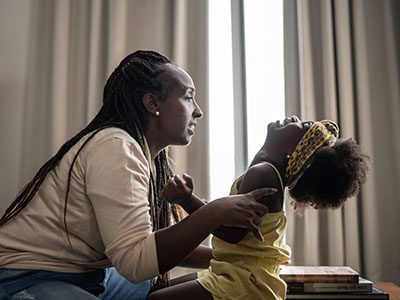 https://riseandshine.childrensnational.org/wp-content/uploads/2025/05/child-having-tantrum-feature.jpg
300
400
webteam
https://riseandshine.childrensnational.org/wp-content/uploads/2017/11/childrens_riseandshine_logo.jpg
webteam2025-05-07 15:54:412025-05-07 16:19:29Helping autistic children manage big feelings
https://riseandshine.childrensnational.org/wp-content/uploads/2025/05/child-having-tantrum-feature.jpg
300
400
webteam
https://riseandshine.childrensnational.org/wp-content/uploads/2017/11/childrens_riseandshine_logo.jpg
webteam2025-05-07 15:54:412025-05-07 16:19:29Helping autistic children manage big feelings






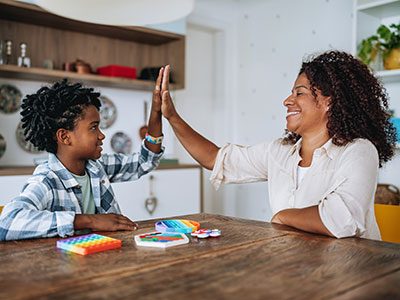



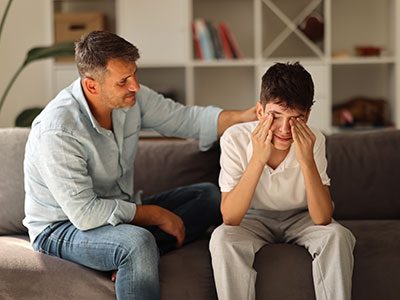



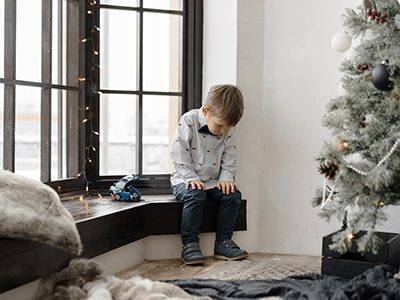
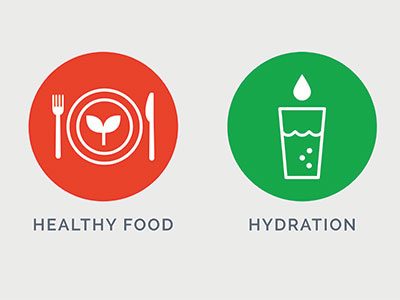


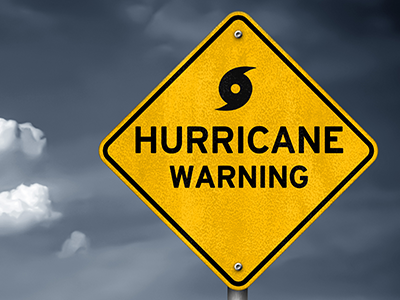
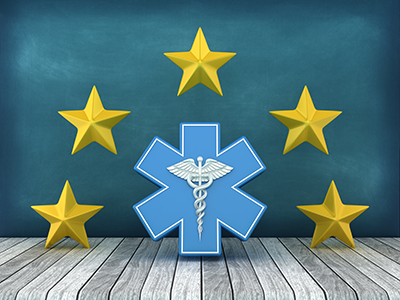
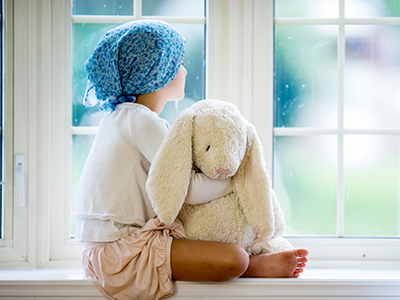

Leave a Comment
Want to join the discussion?Feel free to contribute!